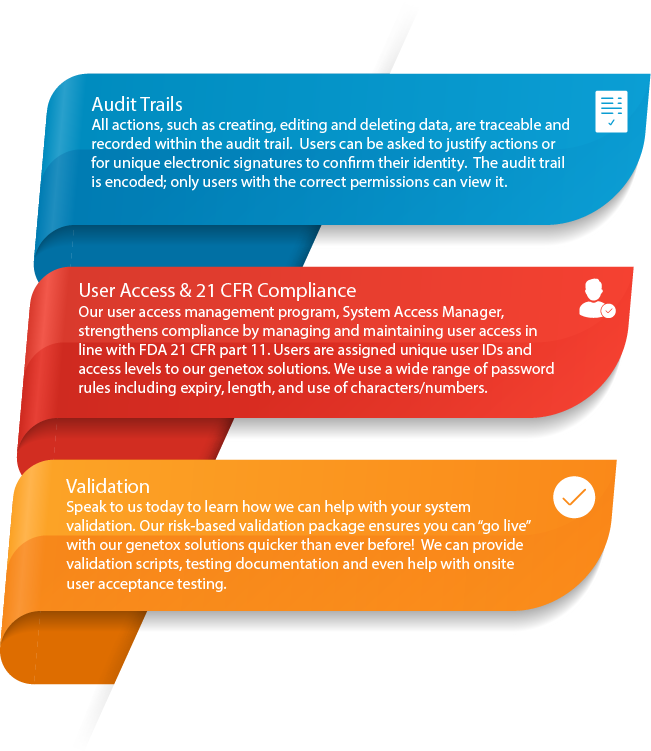Comet Assay Software
Comet Assay An overview of Andor's solutions for Comet Assay Comet image courtesy of Marie Vasquez, Helex 3 Inc. Not a technique in astronomy whereby the solar system and beyond is scanned to assess the risk of the human race following the fate of the dinosaurs! The Comet Assay, also known as 'Single Cell Gel (SCG) electrophoresis', is a highly sensitive and efficient means of assessing and quantifying DNA damage and repair at the level of the individual cell, applicable to any eukaryotic cell. Types of DNA damage include single-/double-strand breaks, DNA-drug crosslinking, DNA-protein or DNA-DNA crosslinking and oxidative DNA base damage.The technique is based on fluorescence microscopy and involves embedding nuclei in agarose gel, then electrophoretic separation across an applied electric field. The DNA is stained with a fluorescent dye, and subsequently imaged under an epifluorescence microscope. The resulting structure is reminiscent of a comet, consisting of the nucleus head, and tail of damaged DNA.
During electrophoresis, fractured DNA fragments migrate away from the nucleus and the extent of DNA damage can be quantified by measuring the relative% DNA between head and tail. Importantly, the exact class of DNA damage can be examined by careful control over cell preparation conditions. For example, the extent of alkali treatment (pH control) that is used to convert a DNA damage site into a DNA fragment (essential for Comet detection) can discriminate between different types of strand breaks. Sites of DNA base modifications can be converted to DNA fragments by introduction of enzymes that act specifically on such lesions. Furthermore, DNA crosslinking and binding can also be detected by the Comet assay, by determining the extent to which these interactions retard migration of DNA. Since its 'impact', Comet has become a core technique within fields or study such as toxicology, apoptosis, DNA repair, aging, cell cycle analysis and free radical biology.
Comet slides are examined under a fluorescent microscope, often by widefield epifluorescence microscopy. Widefield epifluorescence microscopy has developed into a universally accessible technique for study of fluorescently labelled cells and tissues. Over the last few decades, this drive has been accelerated by improvements in fluorescent probes, labelling chemistry, optical instrumentation (such as filters and objectives) and detector technology. The widefield technique involves flood-illumination of the field of view by a wavelength or small wavelength range (often though use of an excitation filter and arc lamp).
The stoke-shifted fluorescent emission transmits though the dichroic, that was initially used to reflect the shorter wavelength excitation light onto the sample, gets optically filtered once again by an emission filter (often called barrier filter), and focused onto the camera detector.
What if you could score a comet slide in two minutes? Originally developed by Perceptive Instruments and now part of the Instem solution portfolio, Comet Assay IV is a live video imaging system designed for those seeking fast, accurate and reproducible comet slide scoring. Comet Assay IV's unique single-click scoring method and instant live video technology make it the most efficient and easy-to-use system available for measuring DNA damage using single cell gel electrophoresis. There are no complicated parameters to adjust and no hardware to install – simply connect the camera and you’re ready to start scoring! By using the mouse to click once on each cell, you can typically score all the cells on a single comet slide within two minutes!
Comet Assay IV can score many different types of cell; regardless of species, cell size and level of DNA damage. Comet Assay IV uses the parameters defined by Olive et al on the principle of DNA damage and comets are scored appropriately. With its easy-to-use functionality and enviable reputation, it is clear to see why Comet Assay IV is the market-leading comet scoring system, with approximately 500 systems in use at academic, CRO and pharmaceutical laboratories worldwide!

The availability of powerful automated and free comet assay imaging software is currently one of the major limitations in using the assay. Information regarding comet assay method, theory and news articles detailing interesting applications for the comet assay.
You can try Comet Assay IV for one week for free when you of the software. Key Highlights Increase speed – Single click automatic scoring in Comet Assay IV enables you to score comets from a live video. This makes Comet Assay IV the fastest and easiest way to score comets. Improve your laboratory’s productivity today! Boost accuracy – With no adjustable settings or tricky configurations to modify, we have eliminated all subjectivity from the scoring process. Comet Assay IV automatically compensates uneven backgrounds or varying levels of brightness, ensuring comparable and reproducible results across a wide range of slides. Comprehensively analyze – Our integrated hedgehog counter ensures you capture and record all cells, even those with the most damage.
Comet Assay Analysis Software


All the parameters you need for your analysis: Tail% DNA, tail moment, tail length and more! Evaluate – Graph and chart your Comet Assay IV data and use powerful macros to compare data across dose ranges.
Screenshots
Include statistics, log transforms & frequency distribution graphs in your analysis using our Excel-based tool. Ensure compliance – Work securely in the knowledge that your system is GLP and FDA 21 CFR compliant. For full data security, consider adding and look at the ‘packages comparison’ section of our fact sheet. Data extractor allows you to browse, sort and filter your result and audit data, you can also review, approve or reject your data. Integrated study management – Combine Comet Assay IV with our world-leading genetox study management solution: for fully integrated data collection, management and reporting. For an extensive catalogue of Comet Assay IV case studies, applications and investigations, please visit, our website dedicated to the comet assay.
There, we routinely add new articles detailing the very latest publications and investigations conducted using Comet Assay IV. If you would like your publication to be showcased on our site, please!